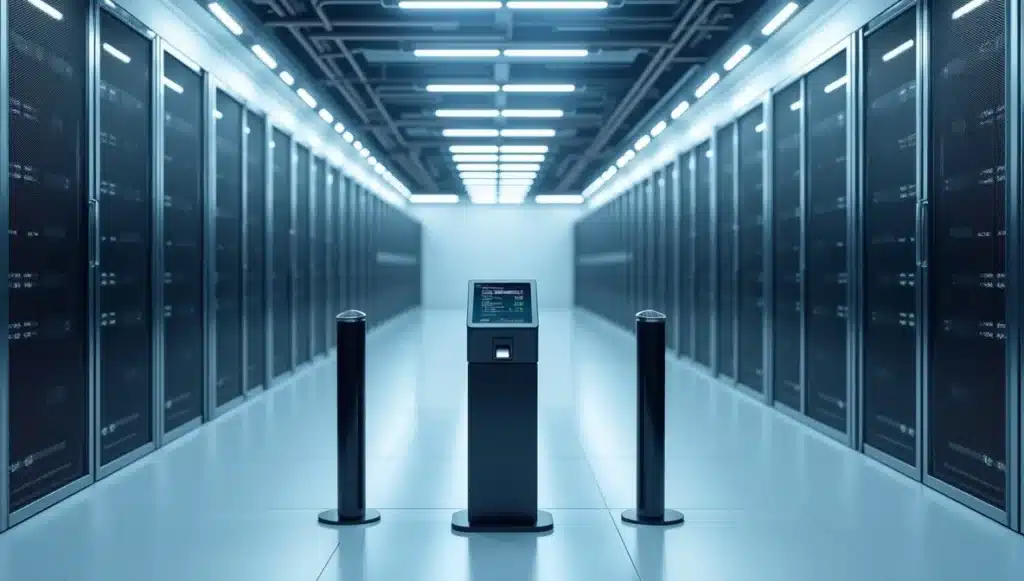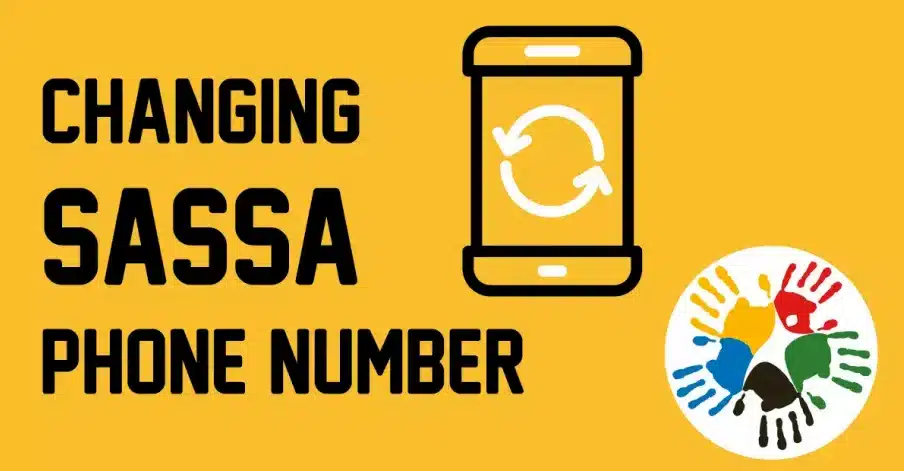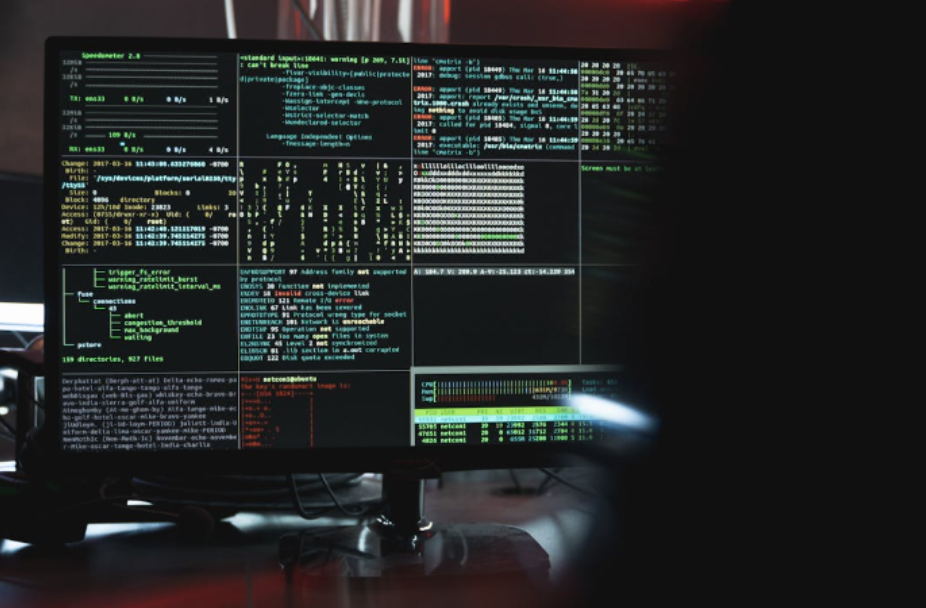Top Surveillance Techniques Used by Ontario Private Investigators

Surveillance Techniques
Private investigation, the prowess of an Ontario investigator is often measured by their mastery of physical surveillance:
GPS Trackers
Usage: Ontario PIs employ GPS (Global Positioning System) trackers to monitor the movements of individuals or vehicles discreetly.
Applications:
Infidelity Investigations: In cases of suspected infidelity, PIs may attach GPS trackers to the vehicles of individuals under investigation. This allows them to track the real-time whereabouts of the vehicle.
Benefits:
- Real-Time Location: GPS trackers provide precise, real-time location data, allowing PIs to track subjects’ movements.
- Evidence Generation: Data from GPS trackers serves as concrete evidence that can be presented in legal proceedings.
Audio Bugs
Usage: Audio bugs, or covert recording devices, are utilized by Ontario PIs to capture audio conversations and discussions discreetly.
Applications:
- Corporate Espionage: PIs may place audio bugs in corporate settings to gather evidence of insider trading, corporate espionage, or unethical behavior.
- Insurance Fraud: In cases of suspected insurance fraud, audio bugs can capture conversations that reveal fraudulent claims or actions.
- Domestic Investigations: PIs use audio bugs in domestic cases, such as divorce proceedings, to gather evidence of conversations that may be relevant to the case.
Benefits:
- Undetectable Recording: Covert audio bugs are designed to be virtually undetectable, ensuring that subjects remain unaware of surveillance.
- Evidentiary Value: Audio recordings can capture incriminating statements or discussions that serve as strong evidence in investigations and legal proceedings.
Video Surveillance
Usage: Ontario PIs utilize video surveillance to discreetly capture visual footage of subjects and their activities.
Applications:
- Insurance Fraud: PIs use hidden cameras to document activities of individuals suspected of insurance fraud, such as faking injuries.
- Workplace Misconduct: Video surveillance is employed to monitor employees in the workplace for instances of misconduct, theft, or harassment.
- Personal Injury Claims: PIs may use video surveillance to gather evidence related to personal injury claims, verifying the extent of injuries claimed by individuals.
Benefits:
- Visual Documentation: Video recordings provide clear and detailed visual documentation of subjects’ actions and activities.
- Irrefutable Evidence: Video footage serves as compelling evidence that can be presented in court to support investigations and legal cases.
Covert Surveillance: Invisible Eyes
Covert surveillance represents a highly specialized and discreet approach employed by Ontario private investigators to gather critical information without detection. These covert operations demand a unique set of strategies and equipment to ensure the effectiveness of the surveillance while preserving secrecy and ethical standards. Here, we delve into the strategies and equipment used in covert operations by Ontario private investigators:
1. Concealed Cameras
Strategy: One of the fundamental tactics in covert surveillance is the use of concealed cameras placed strategically in areas of interest. These cameras are discreetly positioned to capture visual footage of subjects and their activities without arousing suspicion.
Equipment:
- Hidden Cameras: These cameras are designed to be inconspicuous and can be concealed within everyday objects such as smoke detectors, alarm clocks, picture frames, or even clothing buttons.
- Remote Control: Some concealed cameras can be operated remotely, allowing investigators to start and stop recording from a distance, ensuring that the camera remains unnoticed.
Benefits:
- Unobtrusive Observation: Concealed cameras enable private investigators to observe subjects without their knowledge, ensuring that their behavior remains natural and unaltered.
- Inconspicuous Recording: The use of everyday objects as camera disguises makes it unlikely for subjects to identify the surveillance.
2. Remote Monitoring
Strategy: Remote monitoring involves observing subjects from a safe distance using advanced equipment. This strategy minimizes the risk of detection and allows investigators to adapt quickly to changing circumstances.
Equipment:
- Drones: Drones equipped with cameras provide aerial surveillance capabilities, allowing investigators to monitor subjects from above. This is particularly useful for tracking subjects in outdoor environments or across large areas.
- Remote-Controlled Cameras: Some cameras are equipped with zoom and pan capabilities, allowing remote operators to adjust the camera’s view to focus on specific subjects or areas of interest.
Benefits:
- Stealthy Observation: Remote monitoring keeps investigators at a safe distance while maintaining the ability to closely observe subjects.
- Adaptability: Remote-controlled equipment can be adjusted in real-time to follow subjects as they move, ensuring that no critical details are missed.
3. Vehicle Tracking Devices
Strategy: Covert vehicle tracking devices are utilized to monitor the movements of a subject’s vehicle discreetly. This is particularly valuable when the subject’s activities are closely tied to their vehicle.
Equipment:
- Hidden Tracking Devices: These devices are concealed within the interior of a vehicle, making them nearly impossible to detect. They often connect to the vehicle’s power source for long-term operation.
- Real-Time Data: Vehicle tracking devices provide real-time data on the subject’s location, routes, stops, and duration of stays.
Benefits:
- Precise Location Data: Private investigators can pinpoint the exact location of the subject’s vehicle at any given time.
- Comprehensive Tracking: Historical data helps investigators build a comprehensive picture of the subject’s movements and associations.
4. Counter-Surveillance Measures
Strategy: In the world of covert surveillance, private investigators must be adept at counter-surveillance techniques. This involves detecting and countering any efforts by the subjects to identify or evade surveillance.
Techniques:
- Regularly Changing Tactics: Investigators frequently change their methods, equipment, and surveillance patterns to prevent subjects from recognizing a consistent pattern.
- Analyzing Subject Behavior: Private investigators closely monitor subject behavior for signs of suspicion or awareness, allowing them to adjust their approach as needed.
Benefits:
- Maintaining Secrecy: Counter-surveillance measures ensure that subjects remain unaware of the investigation, preserving the integrity of the operation.
- Adaptive Approach: Constantly reassessing tactics and equipment helps investigators stay one step ahead of potential detection.
Close Protection Surveillance: Guarding the Target
Close protection surveillance is a specialized field within private investigation that places a primary focus on ensuring the safety and security of protected individuals. In this context, private investigators, often referred to as close protection officers (CPOs), employ specialized surveillance techniques designed to safeguard their clients while monitoring potential threats. Here, we delve into the specialized surveillance techniques used in personal protection details, emphasizing the safety and monitoring of protected individuals:
Close Quarters Surveillance
Strategy: Close protection officers maintain close proximity to the protected individual at all times. This proximity enables them to respond rapidly to any security concerns while monitoring the individual’s safety.
Techniques:
- Personal Escort: CPOs often act as personal escorts, accompanying the protected individual throughout their activities, whether it’s attending public events, traveling, or conducting daily routines.
- Crowd Management: Close protection officers are trained in crowd management techniques to create a buffer zone around the protected individual, preventing unauthorized access.
Benefits:
- Immediate Response: Close proximity allows CPOs to respond instantly to any security threats or emergencies.
- Deterrence: The visible presence of CPOs acts as a deterrent to potential threats.
Surveillance Technology
Strategy: Close protection officers leverage advanced surveillance technology to enhance their monitoring capabilities and ensure the protected individual’s safety.
Equipment:
- Communication Devices: CPOs use discreet communication devices, such as earpieces and wireless communication systems, to stay in constant contact with each other and security teams.
- CCTV Monitoring: Surveillance cameras may be strategically placed in venues and vehicles to provide real-time visual monitoring.
- Biometric Access Control: In high-security situations, biometric access control systems may be used to restrict access to authorized individuals only.
Benefits:
- Real-Time Information: Surveillance technology provides CPOs with real-time information, enabling them to react swiftly to security threats.
- Enhanced Communication: Effective communication systems ensure seamless coordination among CPOs and security teams.
Threat Assessment and Analysis
Strategy: CPOs are trained to conduct ongoing threat assessments and analysis to stay ahead of potential security risks.
Process:
- Monitoring Social Media: Close protection officers may monitor social media and online platforms for any threats or mentions related to the protected individual.
- Intelligence Gathering: Intelligence gathering involves staying informed about potential threats through various sources, including law enforcement agencies and security networks.
- Behavioral Analysis: CPOs are skilled in behavioral analysis, allowing them to identify unusual or threatening behavior patterns.
Benefits:
- Proactive Threat Detection: Continuous threat assessment helps CPOs detect and neutralize potential threats before they escalate.
- Data-Driven Decisions: Informed by intelligence and analysis, CPOs make data-driven security decisions to protect the client.
Financial Surveillance: Tracing the Money Trail
Financial surveillance is a specialized investigative field that focuses on tracking financial transactions, uncovering hidden assets, and investigating fraudulent activities. Private investigators and financial experts play a crucial role in uncovering financial misconduct and providing valuable evidence for legal proceedings. Here, we outline the methods used in financial surveillance:
1. Transaction Tracking
Role: Investigators closely monitor financial transactions to trace the movement of funds and identify patterns that may indicate suspicious or fraudulent activities.
Methods:
- Bank Records Analysis: Investigators review bank statements, account activity, and financial records to identify unusual transactions, discrepancies, or irregularities.
- Transaction Tracing: Investigative professionals follow the flow of money by tracking transfers, wire transactions, and withdrawals to determine the source and destination of funds.
- Forensic Accounting: Forensic accountants use accounting principles and techniques to analyze financial data, identify discrepancies, and reconstruct financial transactions.
Benefits:
- Detection of Fraud: Transaction tracking helps uncover fraudulent activities such as embezzlement, money laundering, or Ponzi schemes.
- Evidence Collection: Detailed transaction records serve as concrete evidence in legal proceedings.
2. Asset Investigation
Role: Asset investigation involves identifying and locating assets owned by individuals or entities, including hidden or undisclosed assets.
Methods:
- Asset Tracing: Investigators use various databases, public records, and online resources to trace assets, including real estate, vehicles, bank accounts, and investments.
- Hidden Asset Detection: Investigators employ techniques to uncover assets that may have been intentionally concealed, such as offshore accounts or shell companies.
- Forensic Analysis: Forensic experts examine financial documents, tax returns, and business records to identify discrepancies and hidden assets.
Benefits:
- Asset Recovery: Identifying hidden assets is crucial for recovering assets in cases of divorce settlements, debt collection, or judgments.
- Financial Transparency: Asset investigation ensures that financial information is accurately disclosed in legal and financial matters.
3. Fraud Investigations
Role: Financial surveillance plays a pivotal role in investigating various types of fraud, including corporate fraud, investment scams, and identity theft.
Methods:
- Document Examination: Investigators scrutinize financial documents, contracts, and agreements to identify fraudulent activities or misrepresentations.
- Interviews and Interrogations: Investigators conduct interviews with relevant parties to gather information and obtain confessions in cases of fraud.
- Computer Forensics: Digital forensics experts analyze electronic records and communication to trace fraudulent activities, including cybercrimes and online fraud.
Benefits:
- Fraud Prevention: Detecting and investigating fraud helps prevent financial losses and protect individuals and organizations from fraudulent schemes.
- Legal Action: Evidence collected during fraud investigations can be used to pursue legal action against perpetrators.

Stand Out This Canada Day with Smart Print Marketing

What Documents Are Needed for a Vehicle Loan Approval?

The Dropshipping Business In 2025 And Its Current Trends

AI in Marketing Is No Longer a Buzzword — It’s the Strategy

Choosing the Right Fabric for Heat‑Transfer Labels

Physical Security Essentials for Modern Data Centers

SASSA Change Phone Number: Guide to Update Your Contact Details

Everything You Need to Know About 3381012544: A Complete Guide








